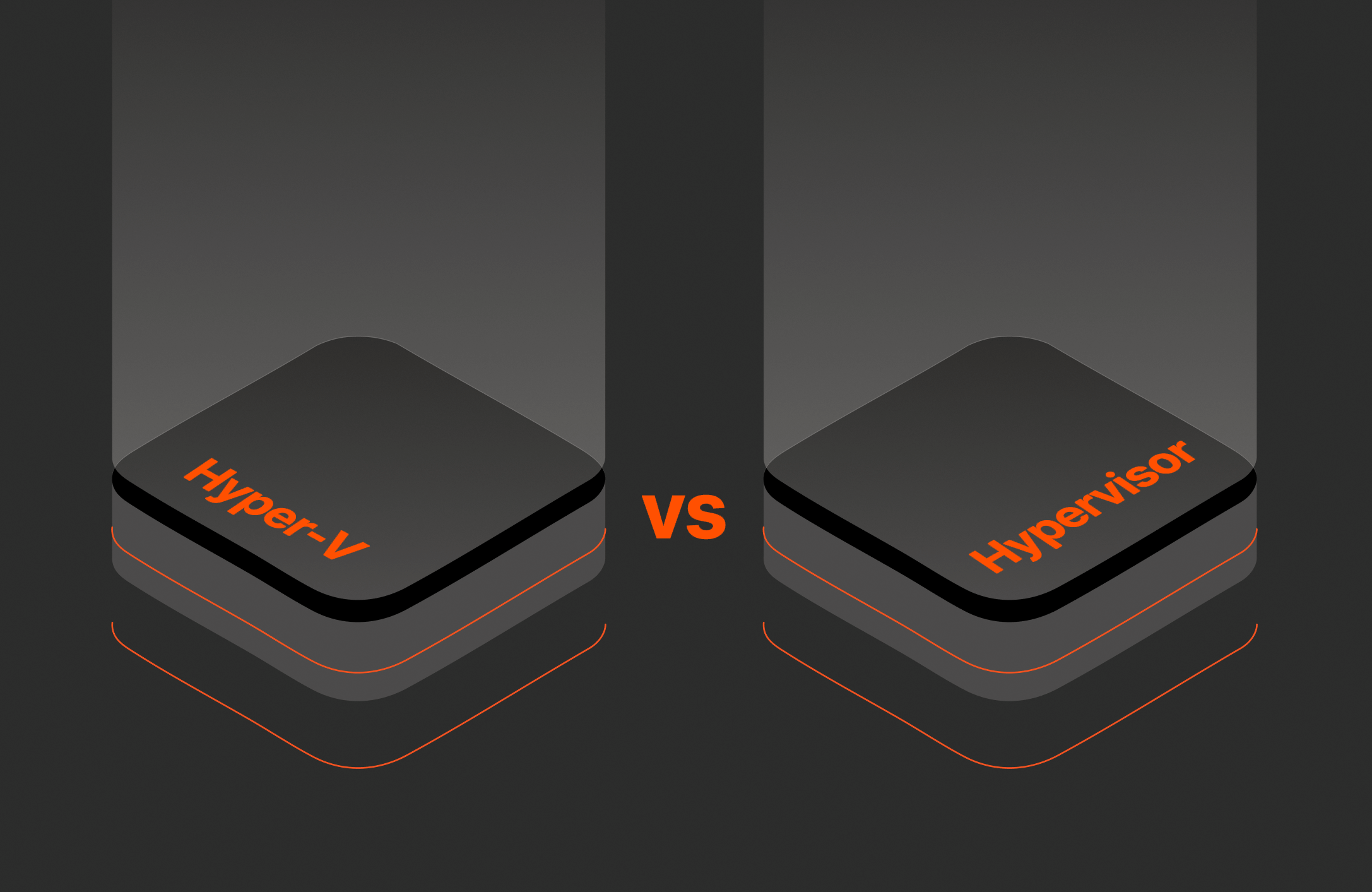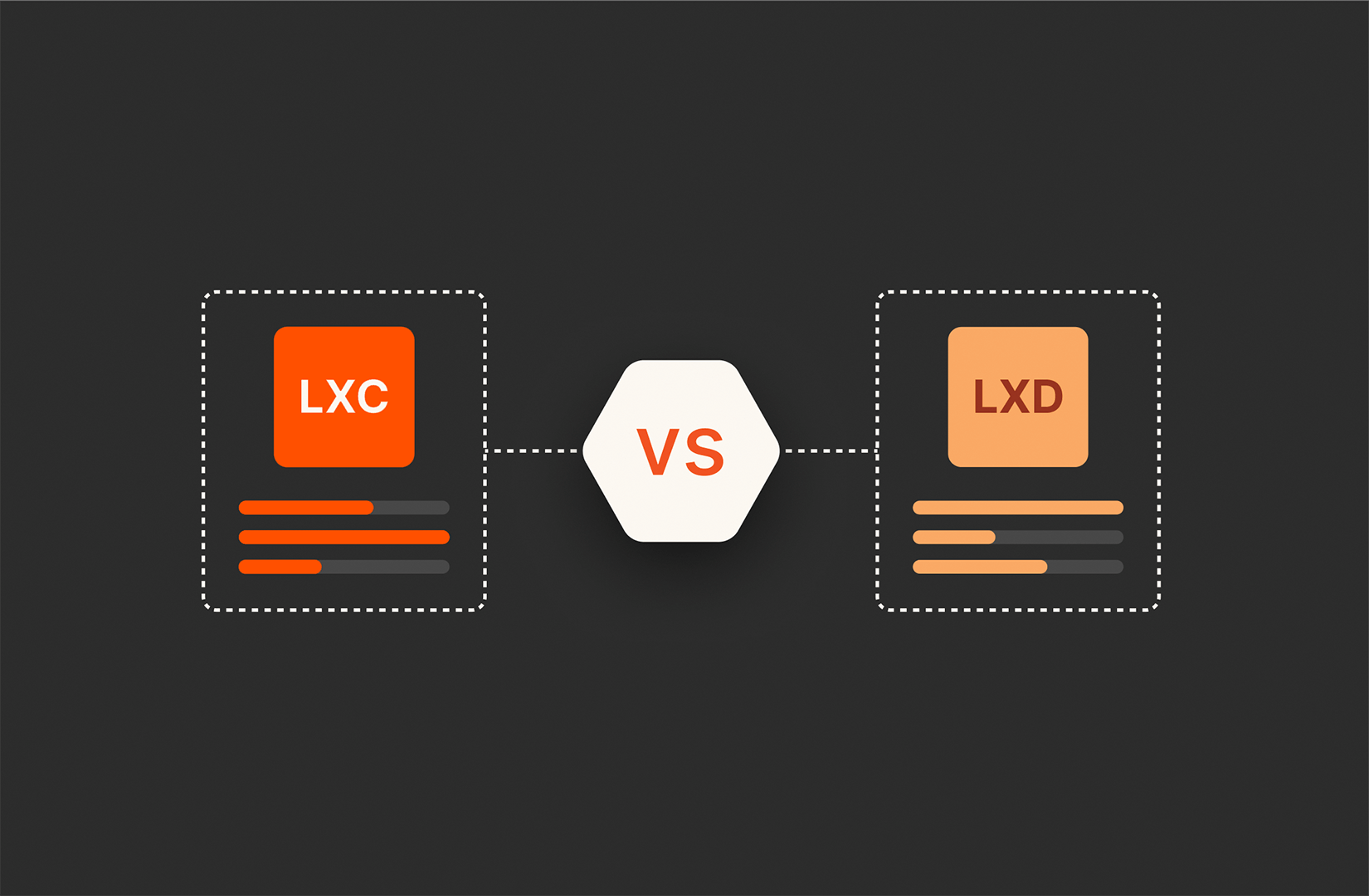Containers
-
Reflections on Mobile World Congress 2025
Mobile World Congress 2025 is a wrap. Check out our recap of the event, which is focused on connectivity.
By:
FlashBlade//EXA is a reflection not only of our innovation engine but our ability to innovate rapidly while staying true to our promise of simplicity, consistency, performance, and efficiency. It sets a new standard for AI and HPC data storage performance, scalability, and adaptability.
Charles Giancarlo
CEO














